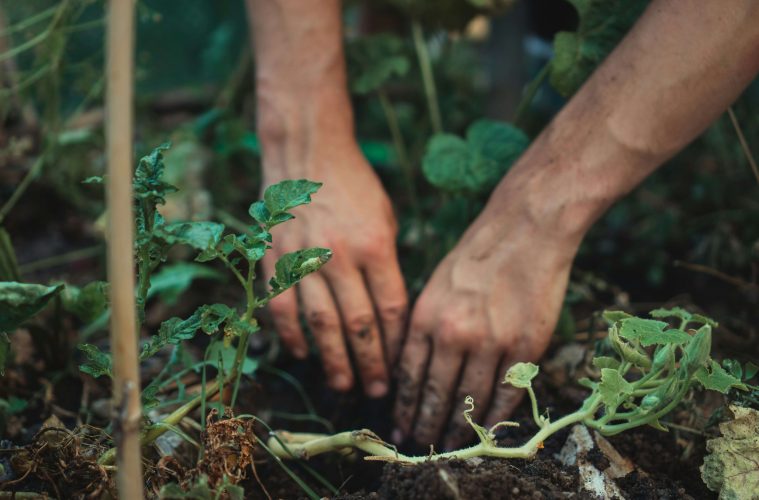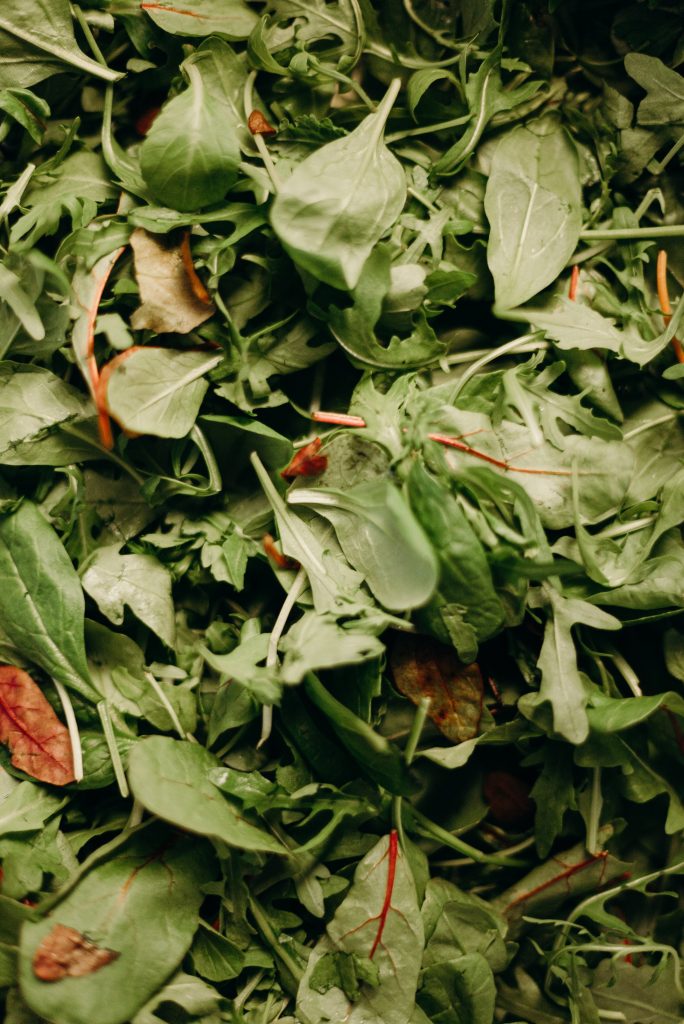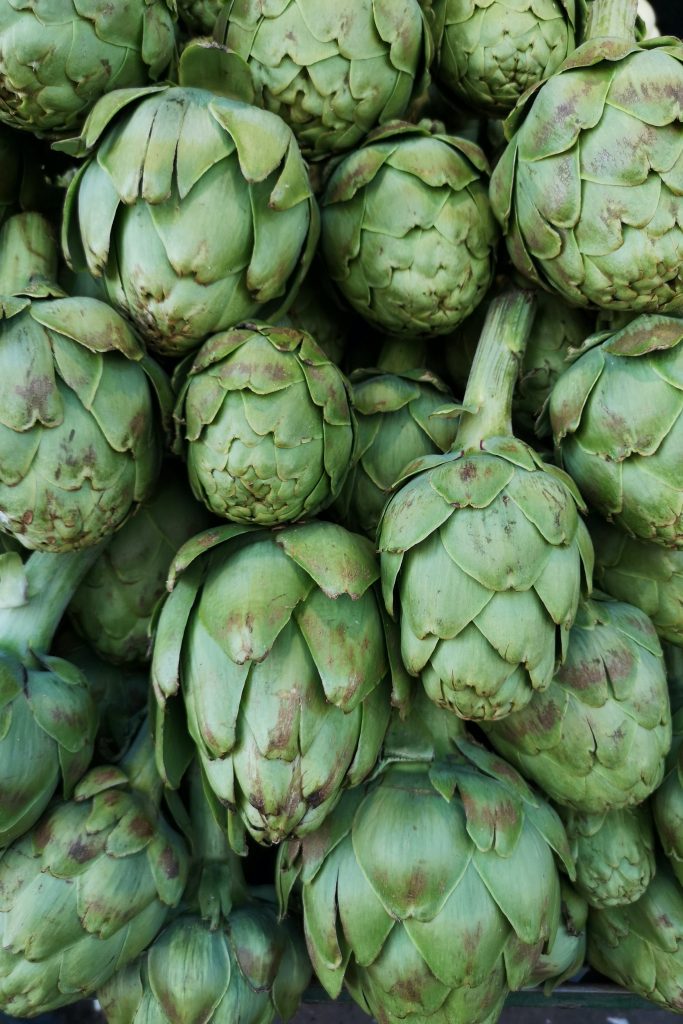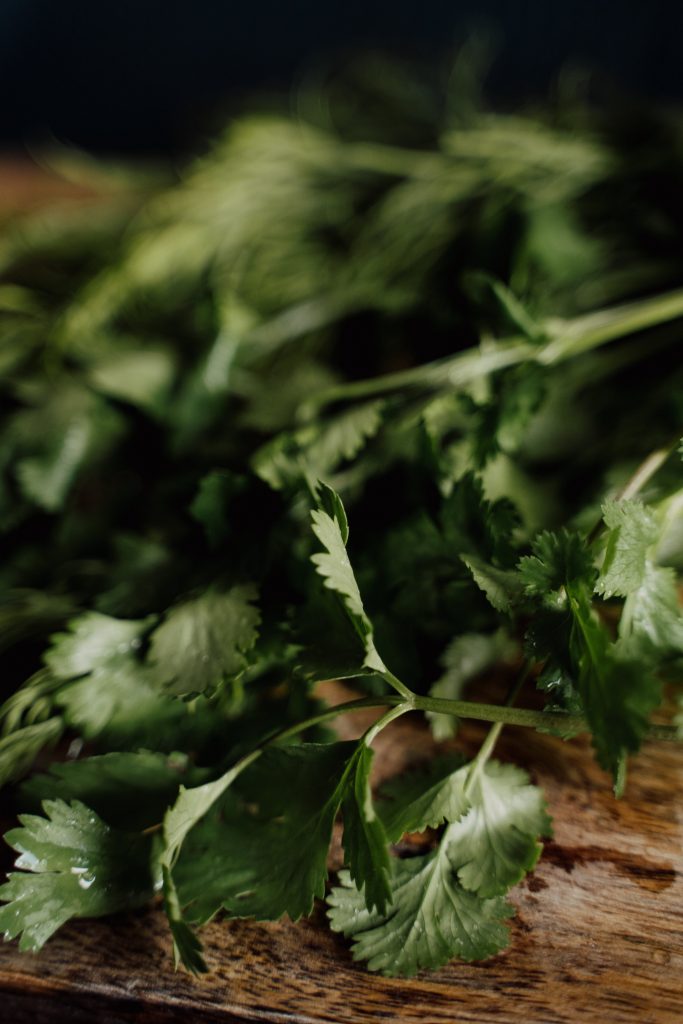February is a transitional month in the garden, bridging the gap between the peak of summer and the slow shift toward autumn.
With warm days still lingering and the occasional rainfall, it’s the perfect time to refresh your outdoor space, ensuring your plants remain healthy and vibrant. Whether you’re tending to your flower beds, harvesting late-summer produce, or prepping for the cooler months ahead, this checklist will help keep your garden in top shape.
Here’s what to focus on in your garden this February:
Prepare beds for Autumn
If you live in a cooler region where the heat of summer has largely passed, February is the perfect time to start preparing your garden beds.
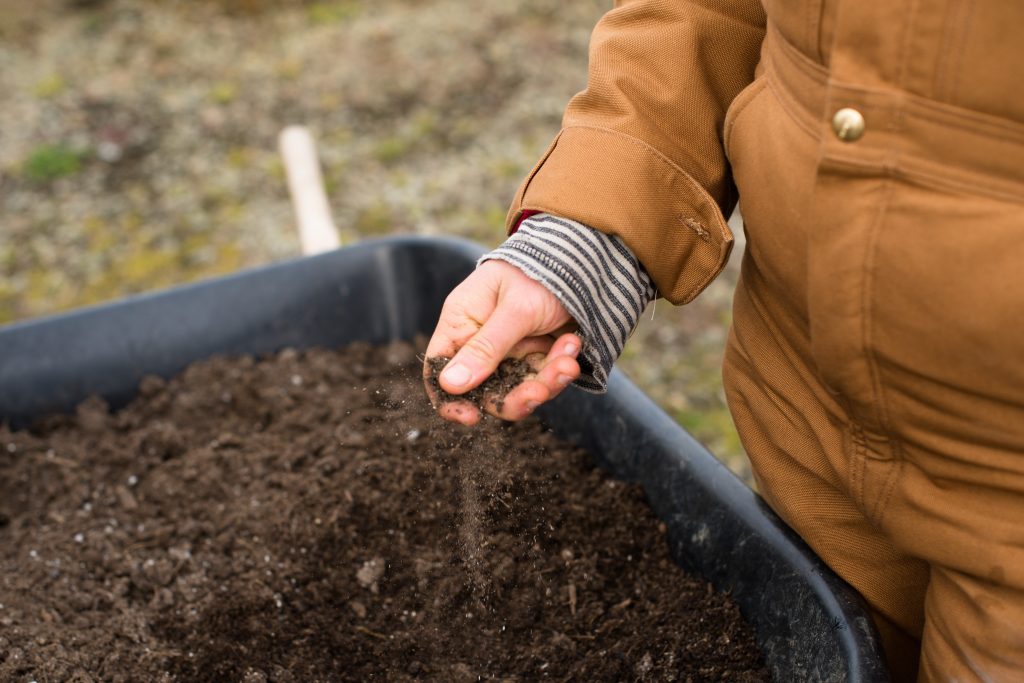
Image: Unsplash
This preparation is crucial for autumn planting and includes clearing out any remaining summer crops, adding compost to enrich the soil, and shopping for your autumn seeds for planting. It’s best to get this prep done ahead of time so your beds are well-settled when it’s time to sow.
If temperatures are moderate, you can start sowing some autumn seeds in trays, but for those in warmer coastal areas, it is better to wait until temperatures have dropped to avoid heat stress.
Upcycle
To flex your creative muscles and help the planet at the same time, consider upcycling your old household items in the garden to give it a vintage but updated feel. You may have cleared out a few items over the holidays that can be repurposed rather than going to waste. Often, a thorough clean and a fresh coat of paint is all you need to give your old stuff a new lease on life.
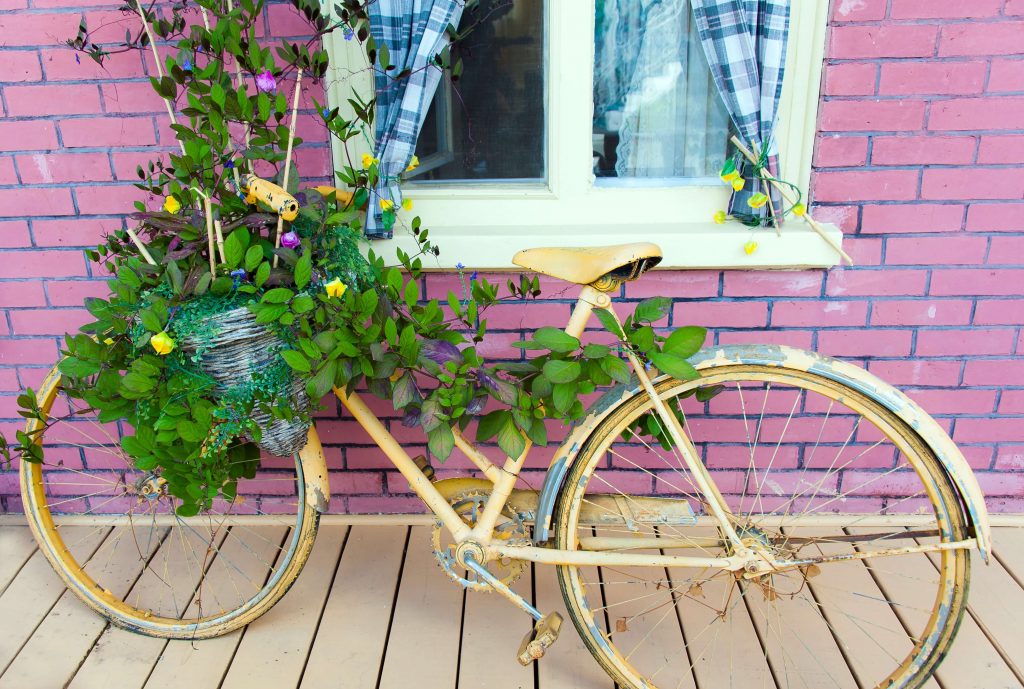
Image: Unsplash
Use old pallets for vertical planters (either in the garden or hung up on outdoor walls), repurpose old home containers as plant pots, or transform a disused ladder into a striking plant stand. The more creative you get, the more unique your garden will be.
Try drip irrigation
Water conservation has become increasingly important in South Africa, especially after the heat of summer. Installing a drip irrigation system can be one way to limit water wastage and make the task of watering simpler at the same time.
This system delivers water directly to the roots of your plants, reducing evaporation and water wastage. It’s also a time-saver, ensuring your plants receive consistent moisture without the need for daily hand-watering. Installing this month can help winter rainfall provinces keep their plants happy now, or prepare summer rainfall regions for the dry months of winter ahead.
Read more: Vegetables to sow in February
Prune in the edible garden
Your edible garden can benefit greatly from a trim in February. Deadheading flowers on leafy herbs and vegetables will stop them from going to seed, encouraging new growth and prolonging their productivity. Depending on the plant you have and whether you’re ready to slow harvesting, you can also leave the last few blooms to go to seed if you plan to collect them for later planting.
It’s also good to trim back any overgrown foliage to promote air circulation, reducing the risk of fungal diseases as the weather starts to cool.
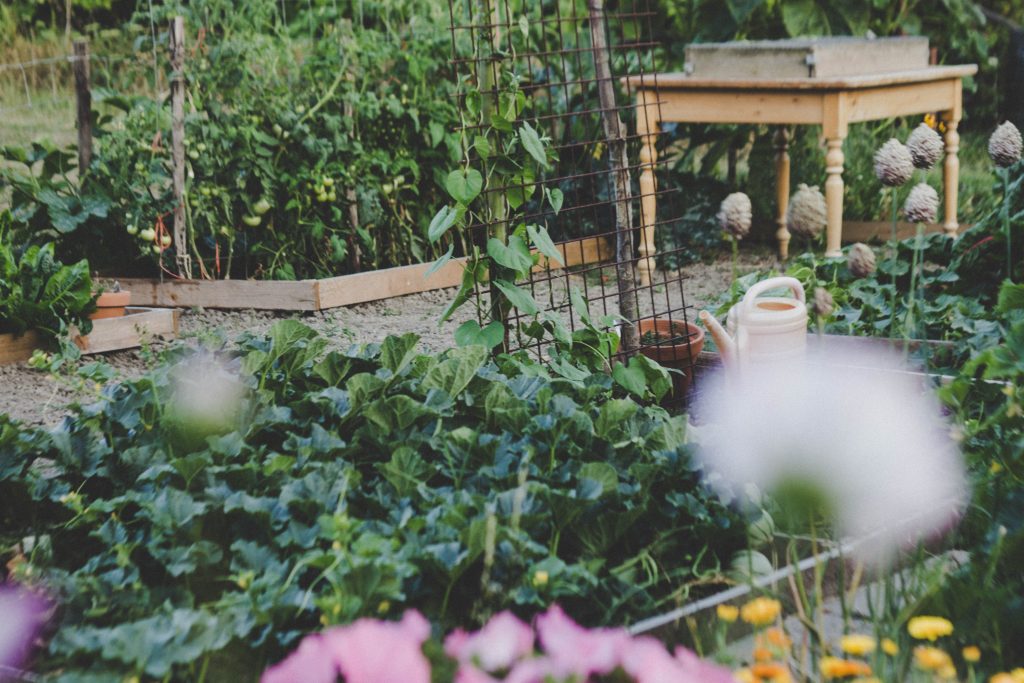
Image: Unsplash
Grow microgreens
If your leafy greens have struggled in the summer heat, supplement your harvest by growing speedy microgreens. Growing microgreens is a quick and easy way to add fresh flavors and tons of nutrients to your meals. Sow a combination of microgreen seeds like radishes, mustard, kale, or beetroot in shallow trays and place them in a sunny spot indoors.
Don’t worry about traditional spacing – microgreens are sown tightly as they are harvested early. Within a few weeks, you’ll have a crop of tender, nutritious greens to trim, perfect for salads, sandwiches, or garnishing dishes.
Sow now
- Spinach
- Carrots
- Radish
- Artichoke
- Coriander
- Rocket
Plant heat-tolerant annuals
To add a last-minute pop of color to your summer garden, you can still squeeze in a few heat-tolerant annuals that will be in flower at nurseries now and don’t mind transplanting in warm weather. These will brighten up any tired spaces and transition the garden from late summer into early autumn. Look for species that thrive in warm conditions, such as marigolds, zinnias, and alyssum. These plants not only add color to your garden but also attract beneficial insects like bees and butterflies.
Watch out for mildew
Keep an eye out for powdery mildew, a common fungal in humid areas that often appear in late summer and early autumn. This white, powdery fungus typically affects leaves, but can spread to stems and flowers. Increase air circulation around plants, water in the morning to allow foliage to dry, and consider organic fungicides if necessary.
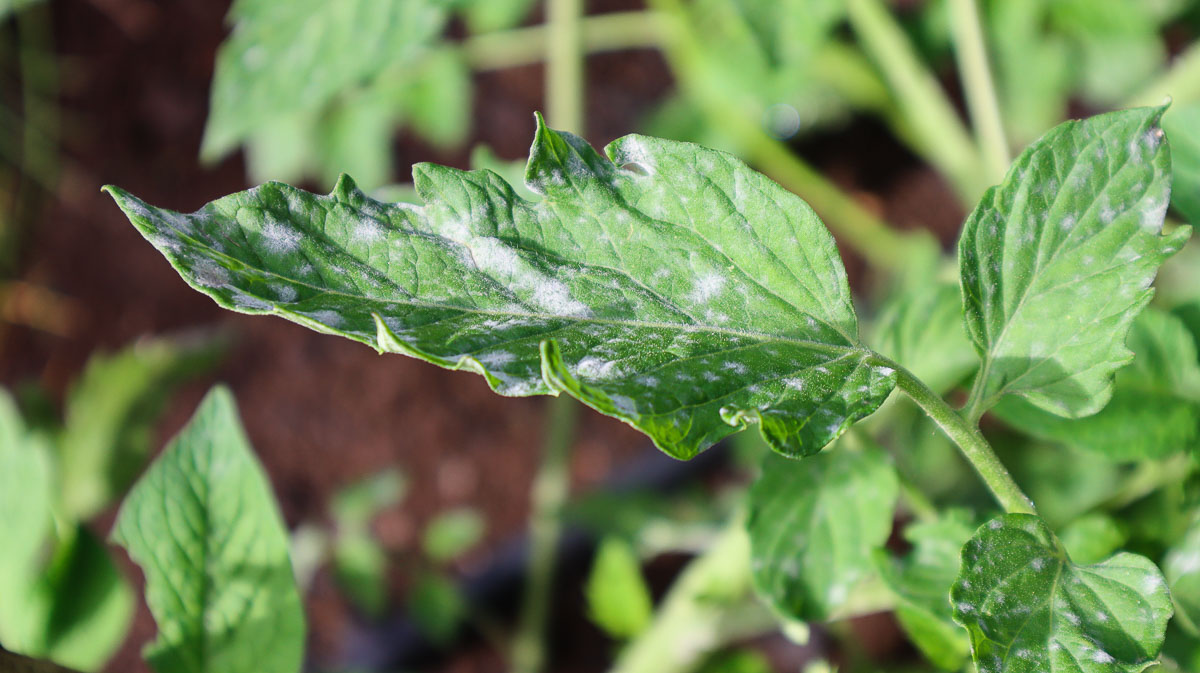
Image: Unsplash
ALSO SEE: FEBRUARY ROSE TASKS TO TACKLE NOW
Image: Unsplash
This article was originally published in Garden&Home’s print magazine.

